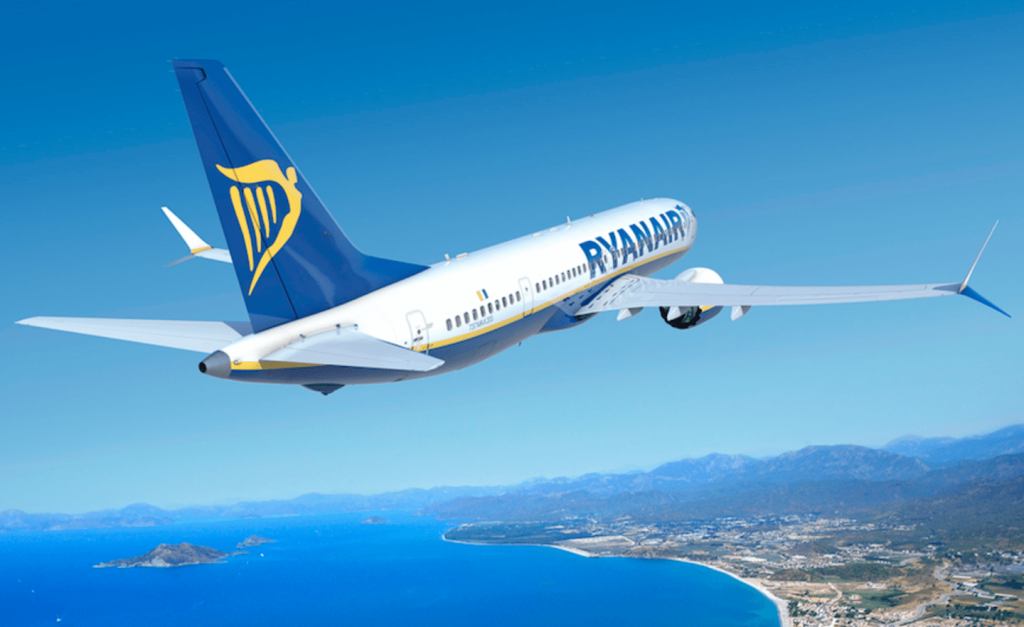Cruises in Europe emitted more sulphur than one billion cars – 4.4 times more cars than there are on the continent – according to a June 2023 report from Brussels-based NGO Transport & Environment (T&E).
The NGO finds that cruise ship pollution at Europe’s busiest ports has returned to pre-pandemic levels, with sulphur oxides reaching 509 tonnes in 2022, an increase of 9% compared with 2019 levels, while methane emissions increased fivefold during this period, to 7,804 tonnes.
This is because the total number of cruise ships on European waters increased from 173 in 2019 to 214 in 2022, outweighing potential emissions reductions from various policies introduced at industry and EU level in recent years, such as the 2020 Global Sulphur Cap imposed by the International Maritime Organization (IMO), reducing the maximum content of sulphur in fuels from 3.5% to 0.5%.
The question remains whether cruising can be compatible with a net-zero world. On the one hand, in 2020, the industry committed to pursuing carbon-neutral cruises by 2050.
Recent months have seen technological advancements to support this shift; for example, in June, the Norway-based cruise company Hurtigruten released early concept plans for the world’s first emissions-free cruise ship by 2030, which combines battery and wind technologies, and features 50-metre retractable sails powered by solar panels.
On the flip side, tourist cruises promote a lifestyle widely considered incompatible with net-zero goals – travel with no direction, and consumption without utility – for the sake of pure hedonism. As a result, cruises have become a flashpoint for fraught discussions about how far people are entitled to indulgences predicated on extracting the resources of others.
This may be wealthier people taking luxury cruises that feed off the resources of local communities, but also people with fewer means soaking up the culture of multiple cities via a cheaper, package holiday cruise, while their wealthier counterparts choose a more eco-friendly yet costly backpackers’ holiday.
The environmental cost of cruising vs flying
So, how much more carbon-intensive is it to take a cruise holiday as opposed to flying to a similar destination on a comparable budget?
Using crude assumptions about the carbon footprint of a passenger taking a seven-day round-trip cruise from the UK, via France and Spain, and back to the UK, compared with a seven-day stay at a holiday destination somewhere in France, Energy Monitor calculates it is roughly three times more carbon-intensive to take a cruise holiday than it is to fly and stay abroad.
A standard, seven-day return cruise such as that offered by Royal Caribbean Cruises from Southampton in the UK, which passes through several destinations – La Rochelle (France), Bilbao (Spain), A Coruña (Spain) and Le Havre (France) – before returning to the UK (traversing 1,900 nautical miles, or 3,500km in total, according to a sea distance calculator), has an estimated carbon footprint of 875kg of CO₂ per passenger.
This is based on a similar methodology to that proposed by the International Council on Clean Transportation (ICCT), which finds that the most efficient cruise ships emit an average of 250g of CO₂ per passenger kilometre (pax-km).
By contrast, using the ICCT’s estimated carbon intensity of a short-haul flight of 110g of CO₂/pax-km, a direct return from London to A Coruña, with a distance of approximately 1,096km each way, has a carbon footprint of 241kg of CO₂ per passenger.
Adding to that estimated emissions for accommodation in France, which has an average carbon intensity of 6.7kg of CO₂ per room, according to the UK’s Department for Environment, Food & Rural Affairs, a seven-night stay in a shared hotel room has a carbon footprint of 23.45kg of CO2 per person. This brings the total carbon footprint of a return trip to France to 264kg of CO₂ per person – roughly three times smaller than that of a cruise.
Of course, flying today is by no means an environmentally friendly option, and for many, the relative difference in carbon footprint may not outweigh the benefits of taking a cruise through multiple destinations. Nevertheless, the point still stands: until cruise ships achieve the industry ambition of becoming carbon neutral, they offer an extremely carbon-intensive mode of travelling abroad.
This article was originally published on our sister site, Energy Monitor.
















